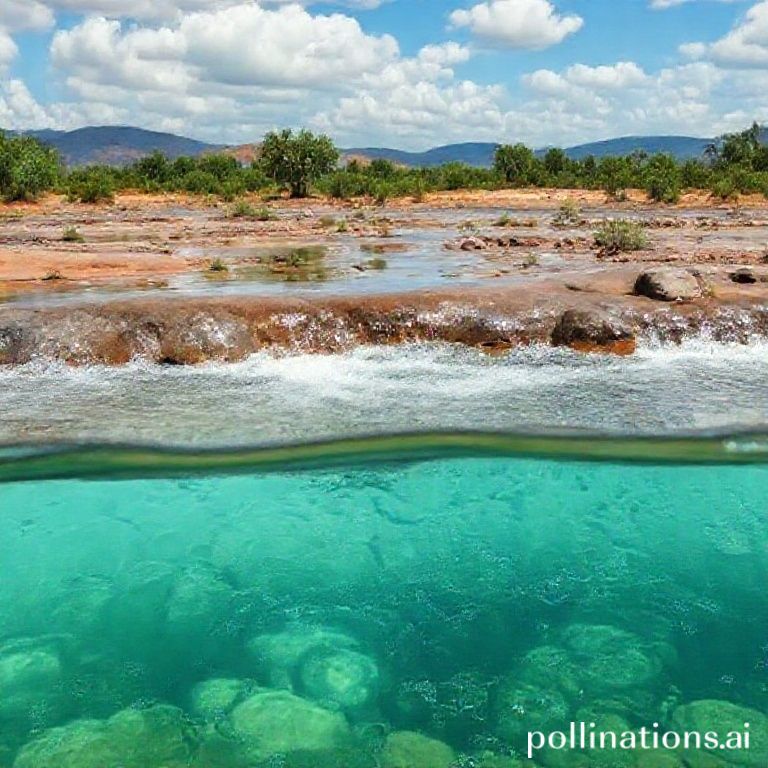Mexico, a land of vibrant culture and stunning landscapes, faces a growing challenge: water scarcity. With increasing populations, expanding industries, and the impacts of climate change, access to clean and reliable water sources is becoming increasingly critical. Addressing this challenge requires a multi-faceted approach, embracing innovative technologies, sustainable practices, and community engagement. The future of Mexico depends on effective water conservation strategies that ensure this vital resource is available for generations to come.
Fortunately, Mexico is not standing still. Across the country, individuals, communities, and organizations are stepping up to implement creative solutions. From ancient techniques revitalized to cutting-edge technologies, a wave of innovation is driving a new era of water conservation. This article explores the current state of water conservation in Mexico and looks at some of the key strategies being implemented to safeguard this precious resource.
Understanding Mexico’s Water Challenges
Mexico’s water scarcity issues are complex and varied, differing across regions. Northern Mexico, characterized by arid and semi-arid climates, naturally experiences higher levels of water stress. Major cities like Mexico City face unique challenges due to rapid urbanization, aging infrastructure, and inefficient water distribution systems. Over-extraction of groundwater, pollution from industrial and agricultural activities, and the impacts of climate change further exacerbate the problem.
The consequences of water scarcity extend beyond environmental concerns. They affect public health, agricultural productivity, economic development, and social equity. Addressing these challenges requires a comprehensive understanding of the underlying causes and the implementation of targeted solutions tailored to specific regional needs.
Innovative Water Conservation Strategies
Across Mexico, various initiatives are underway to promote water conservation and improve water management. These include:
Rainwater Harvesting
- Rainwater harvesting is gaining popularity as a sustainable solution for residential and agricultural use. Systems range from simple collection barrels to more sophisticated filtration and storage systems.
- In rural communities, rainwater harvesting provides a reliable source of water for drinking, sanitation, and irrigation, reducing dependence on scarce groundwater resources.
Wastewater Treatment and Reuse
- Investing in wastewater treatment infrastructure is crucial for reducing pollution and creating a valuable resource.
- Treated wastewater can be safely used for irrigation, industrial cooling, and even replenishing groundwater aquifers, decreasing the demand for freshwater sources.
Efficient Irrigation Techniques
- Agriculture is a major consumer of water in Mexico. Implementing efficient irrigation techniques, such as drip irrigation and micro-sprinklers, can significantly reduce water usage while improving crop yields.
- Educating farmers about water-saving practices and providing access to modern irrigation technologies are essential for promoting sustainable agriculture.
Leak Detection and Repair
- Aging infrastructure and leaky pipes contribute significantly to water loss in urban areas.
- Investing in leak detection and repair programs can save millions of gallons of water each year, improving the efficiency of water distribution systems.
Community Engagement and Education
Effective water conservation requires the active participation of all members of society. Public awareness campaigns and educational programs play a vital role in promoting water-saving behaviors and fostering a sense of responsibility towards water resources. Encouraging individuals to adopt simple practices, such as taking shorter showers, fixing leaky faucets, and using water-efficient appliances, can collectively make a significant impact.
Community-based water management initiatives, where local residents are involved in decision-making processes, can also be highly effective. These initiatives empower communities to take ownership of their water resources and implement solutions that are tailored to their specific needs.
The Role of Technology
Technological advancements are playing an increasingly important role in water conservation efforts. Smart water meters, for example, provide real-time data on water consumption, allowing users to identify leaks and adjust their usage patterns. Remote sensing technologies and data analytics can be used to monitor water levels, predict droughts, and optimize irrigation schedules.
Furthermore, research and development efforts are focused on developing new water-efficient technologies and materials. These innovations hold the potential to revolutionize water management and create a more sustainable future.
Conclusion
The future of water conservation in Mexico hinges on a combination of innovative technologies, sustainable practices, and community engagement. By embracing a holistic approach that addresses the root causes of water scarcity and empowers individuals and communities to take action, Mexico can ensure that this vital resource is available for all. The journey towards water security requires sustained commitment, collaboration, and a shared vision for a more sustainable future.
If you found this information valuable, please share this article with your friends and family and join the conversation about water conservation in Mexico in the comments below!
IMAGE: A vibrant and hopeful image depicting a community in rural Mexico collecting rainwater. The scene is bathed in warm, golden sunlight. People are smiling as they fill containers with water from a newly installed rainwater harvesting system. Lush green vegetation surrounds the area, symbolizing the potential for a thriving future. The style is realistic and uplifting.


